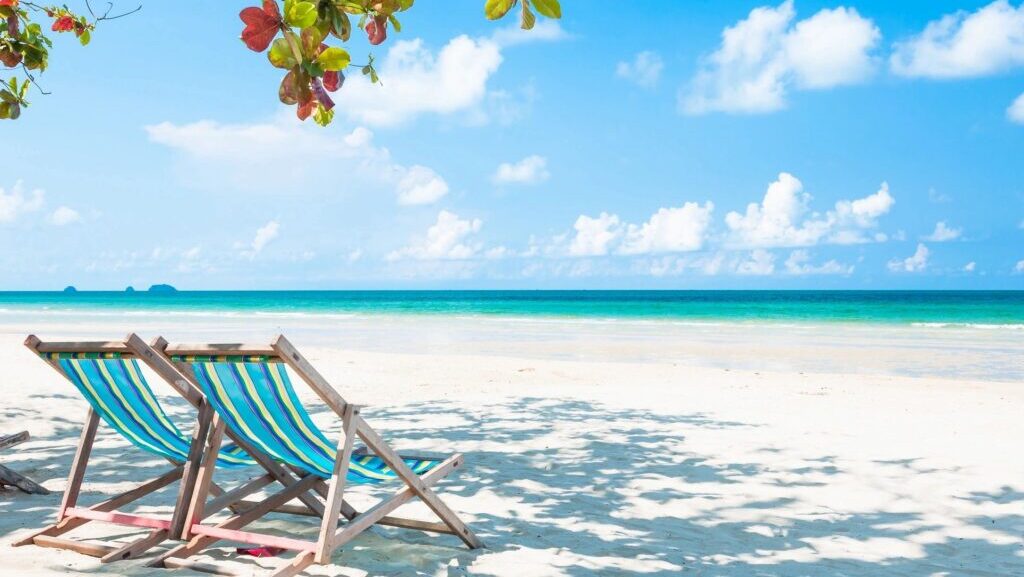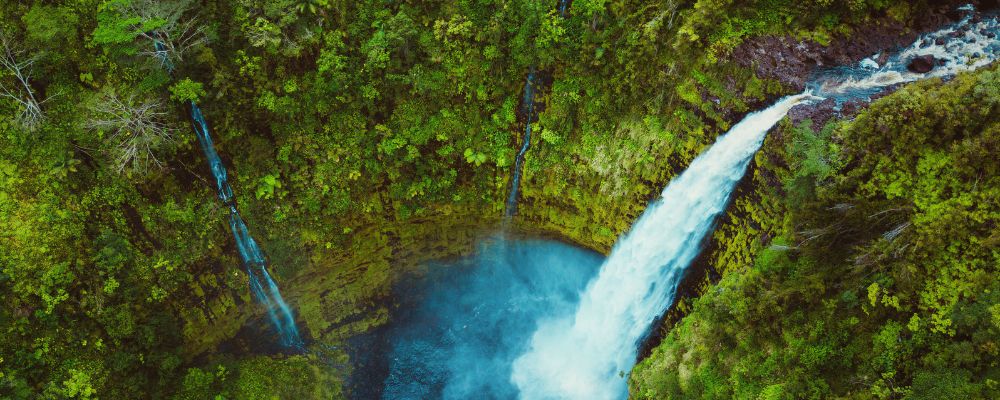
Planning a vacation to Hawaii? Whether it’ll be your first time here or you’re a frequent visitor of the islands, there are some things you should know before you get here. Hawaii is truly unique, and certain aspects might be different from what you’re accustomed to where you’re travelling from. Here are 6 tips to keep in mind when planning your vacation to Hawaii.
We are an island chain.
Although it may seem obvious, many visitors arrive in Hawaii expecting all the conveniences they’re used to from home. While most necessities are available, stock in your area may be limited, especially if you are visiting one of the smaller islands in the chain. Hawaii is about 2,500 miles from mainland USA and about 4,000 miles from Japan. Restocking our supplies takes time and adjustments are slow because most of it’s handled by boat. It’s worth researching the area you’ll be visiting before you arrive. It’s important to know how far you’ll be from hospitals, grocery stores, restaurants, beaches, and other essential services to ensure you have everything you need close by.
Each island is unique.
If you asked someone who has never been to Hawaii to picture the islands, they might imagine an endless perimeter of white sandy beaches, palm trees, and hula dancers playing ukulele. While all of those things can certainly be found here, each island has its own character and a unique set of features. The Big Island alone has everything from snow capped mountains to lush tropical rainforests. When planning your vacation to Hawaii, it’s important to know what you want out of your trip and to look up which islands can accommodate those needs.
Hawaii is a deeply cultural and spiritual place.
Hawaii has a long history, rich with legendary figures and spiritual significance. Respecting local culture starts with knowing the history and significance of the areas you’ll be visiting. Existing in isolation for so long, Hawaiian culture is unique and deeply important to the local population. Every mountain, every beach, every valley has a long and storied past. As you explore, show respect for both the land and people you encounter while visiting the island. Remember, what may appear simple to you can hold deep significance to the people who live here.

Know your depth.
There’s a reason Hawaii is the birthplace of surfing: the waves here can get BIG. The same awesome power that creates these monster swells also poses serious risks to human life, including strong currents and intense undertow. Even people experienced with these waters are cautious when the surf gets too big.
When you’re at the beach, always keep your children in sight and never turn your back to the ocean. Stay mindful of rip currents, undertows, and rogue waves. Be careful when crossing any rocks along the shore and take note of where you see water on the rocks. This is a clear sign that waves are capable of reaching those areas.
If you’re paddling in a canoe, kayak, or paddle board, stay in areas that reflect your experience level. Just because you’ve kayaked in your local lake doesn’t mean you have the strength and endurance to fight back the strong ocean current. If a beach is closed, know that it’s for your own safety.
The same is true for hiking and exploring the islands. Some of the most stunning sites require long and sometimes arduous treks to reach. While it’s always worth the effort to reach these secluded gems, it’s important to be prepared for the journey ahead. Research the length of the trails and average time it takes to get where you’re going. This way, you can choose the best routes and finish your adventure during daylight hours to avoid getting lost. Some trails may put you hours from emergency aid, especially if you’re in an area not easily accessible by helicopter. Know your limits, be responsible, and stay safe.
Respect the wildlife.
Many species native to Hawaii are found nowhere else in the world and hold a special place in the island’s history. These creatures’ habitats are as fragile as they are beautiful and, as such, we try to interfere as little as possible. While walking down the beach, it’s not uncommon to see a Hawaiian monk seal or green sea turtle sunning themselves on the sand and rocks. Do not approach these animals as federal law protects them. The same goes for the dolphins and whales swimming in our waters. Always keep a safe distance when viewing these majestic creatures.
Keep the coral reefs safe.
Coral is a living creature and much more fragile than you may realize. Please don’t walk on the coral reefs as it could damage the entire colony. Coral reefs are also threatened by what we bring into the ocean with us. Remember to always use reef safe sunscreen. Check the ingredients for chemicals like oxybenzone, octinoxate, octocrylene, homosalate, 4-methylbenzylidene camphor, PABA, parabens, or triclosan. As well, avoid sunscreens containing exfoliating beads or any other form of plastics or nanoparticles. Although the sale of these harmful products is prohibited in Hawaii, it’s difficult to monitor what visitors bring from home. For more information and brand recommendations, check out our blog on reef safe sunscreen.
With these tips in mind, we hope you can plan a safe and respectful vacation in Hawaii without compromising your enjoyment. For additional guidance, we found this video on how to “Travel Pono” from Hawaiian Airlines to be very helpful and informative for incoming visitors.